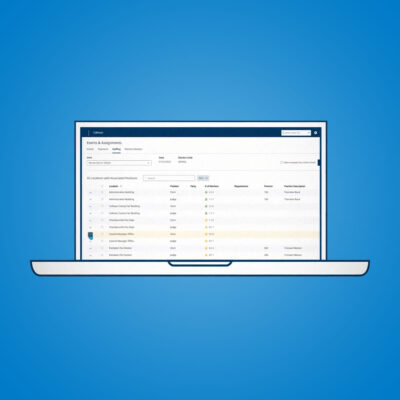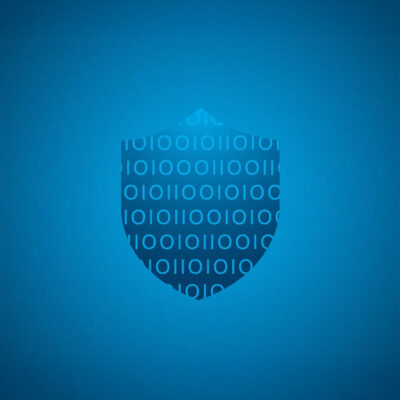
Featured article
Get Ready to RAAD: Join ES&S in Inspiring Future Voters with Our Annual Book Giveaway!
At ES&S, we believe in the power of democracy and the importance of inspiring future generations to learn about elections. Every March, in honor of National Reading Month and Read Across America Day (RAAD) on March 2, we proudly host our annual RAAD Book Giveaway.





